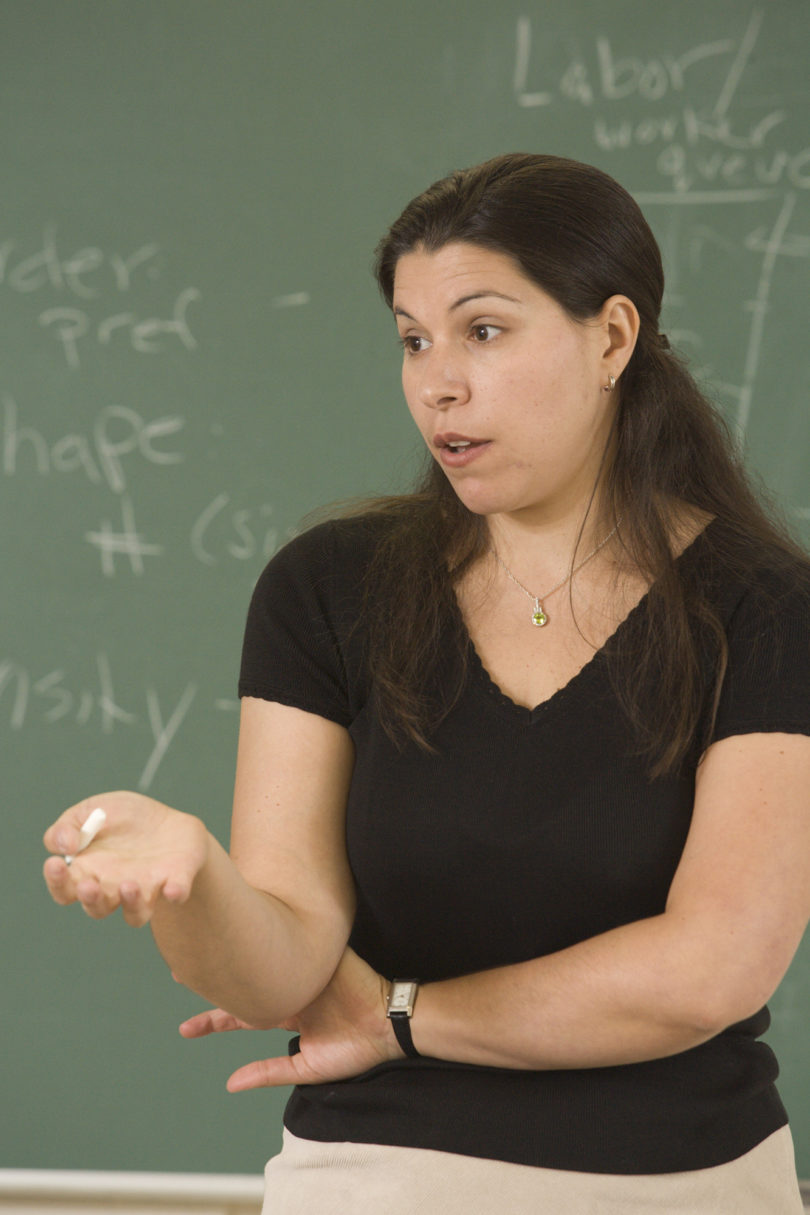Athens, Ga. – Elementary school students bring varied skills and experience to the classroom, commonly referred to as cultural capital. And when teachers notice and value these skills, students do better in school.
A new University of Georgia study, published in the April issue of the journal Sociology of Education, expands the notion of cultural capital to include a digital dimension, demonstrating that computer fluency is as important of a signal to teachers as visiting museums and attending concerts.
“We know that cultural capital matters, that teachers like to know about kids doing well outside the home and bringing that into the classroom,” said study co-author Linda Renzulli, associate professor in the UGA Franklin College of Arts and Sciences department of sociology. “But maybe we need to update cultural capital and think about this other piece of information teachers are gaining about students, which isn’t the ballet and isn’t travel. It’s actually digital capital.”
The researchers used a survey from the National Center for Education Statistics, which randomly sampled and tracked students, and gathered information from teachers, parents and administrators.
The longitudinal survey provides the ability to examine teacher expectations, computer proficiency and achievement over time rather than over the course of a single year.
“The question is not about the value of computers per se, but an acknowledgement that they are cultural artifacts that have real value in the classroom,” said study co-author Maria Paino, a doctoral candidate in the sociology department. “Making technology available in schools is important, but if children are not learning how to use computers and demonstrating that fluency and facility to the teacher, then that is the next step of making them available.”
Renzulli agreed, adding, “Even after knowing their actual academic performance, teacher evaluations create expectations that propel students to greater achievement.”
The full study is available at http://soe.sagepub.com/content/86/2/124.full.pdf+html.







